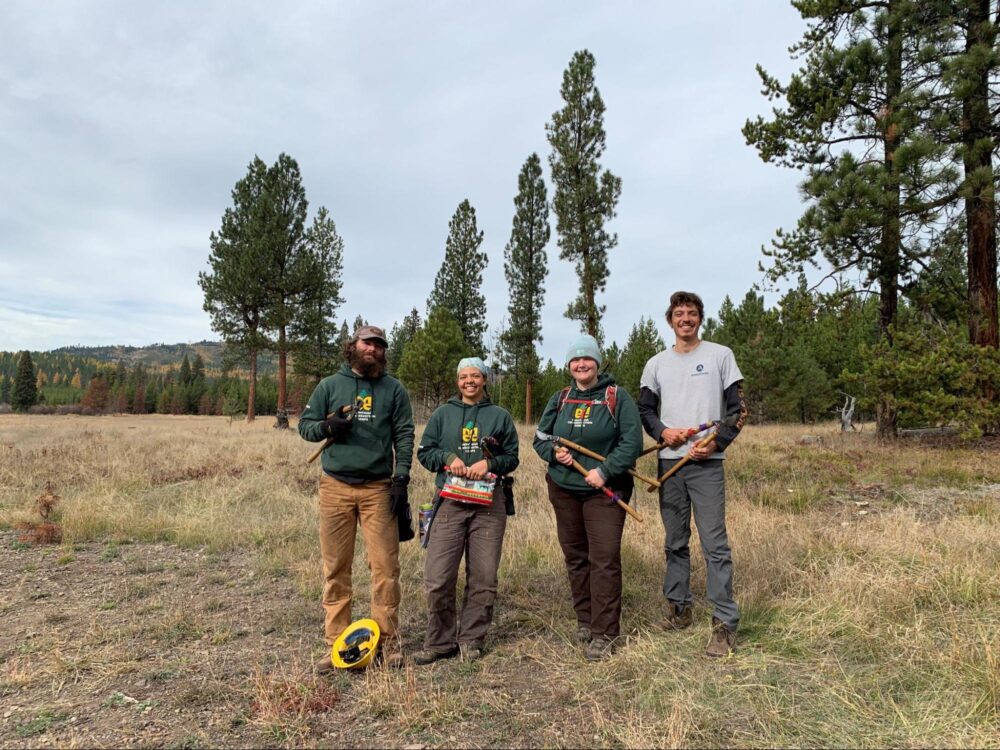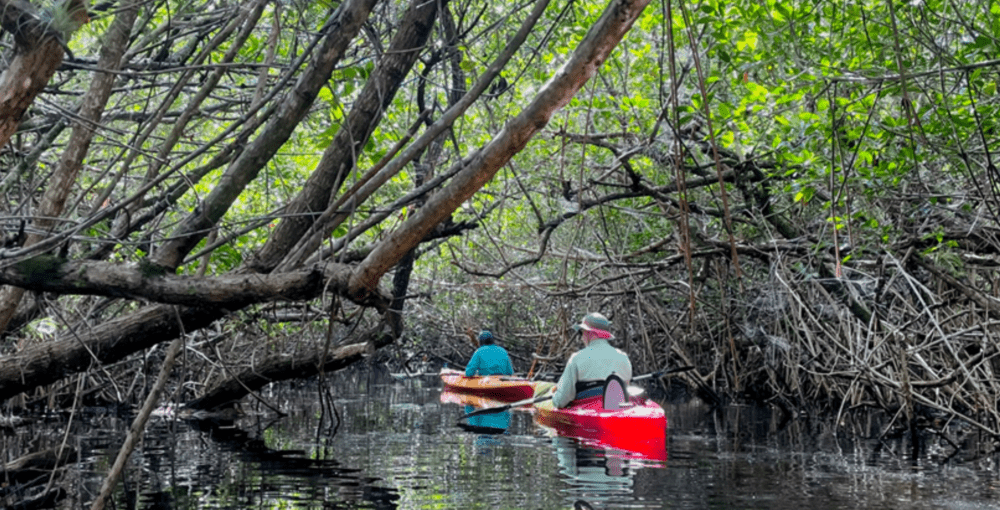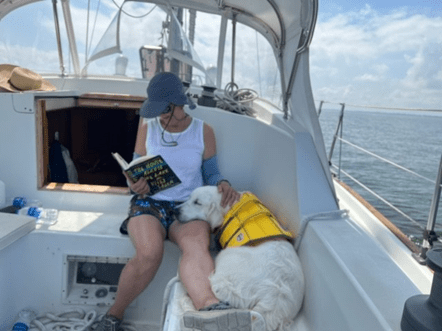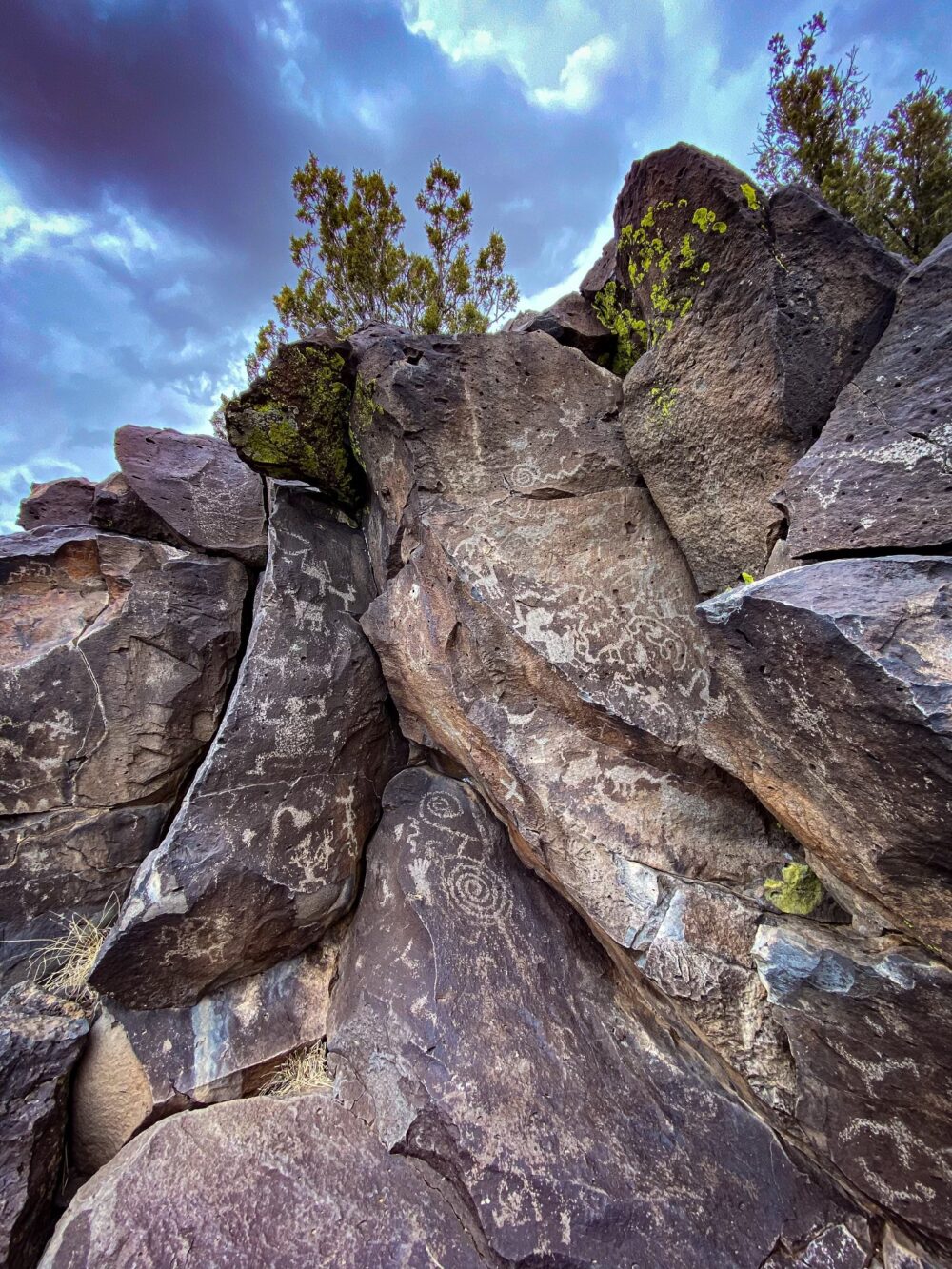We have much more to do and your continued support is needed now more than ever.
Nurture nature in the city and discover your wild neighbors

Close your eyes and imagine cougars among the fir trees at Carkeek Park, or beavers swimming along the shore at Green Lake. Do these wild animals truly exist in Seattle? The answer, though hard to believe, is yes!
Wildlife might not be the first thing you think of when you consider Seattle’s rapidly expanding footprint. Yet as residents of the Emerald city, the connection to our nearby stunning and majestic natural surroundings, and the wildlife that call it home, has always been strong. But increasingly, this connection is being tested.
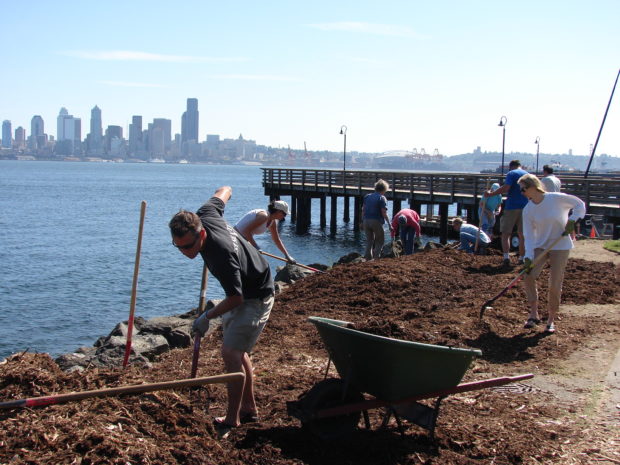
Now more than ever, the sky above is changing, crowded with scores of construction cranes. Seattle’s fast-paced urban growth is extending the urban footprint far and wide, pushing wildlife from the habitat it needs to survive. From butterflies to bees and birds to beavers, those who inhabit the natural world are being forced to adapt to city life. As residents of one of the fastest growing cities in the country, we’ve witnessed coyotes, foxes—even bears—roaming in our backyards and in our communities. It’s time for us all to rethink what it truly means to co-exist with our wild neighbors.
“It’s easy to feel as if there is no hope for wildlife in our modern world of asphalt, smog and traffic,” said David Mizejewski, National Wildlife Federation naturalist. “But there is hope, you can choose to create a garden or landscape that helps restore the ecological balance in your yard. You can surround yourself with beautiful native plants that will attract wildlife and allow you to observe an amazing array of wildlife every day.”

As Mizejewski notes, a celebration of nature and the discovery of our wild neighbors is easy and well within our reach. A good way to start is this coming May 1-6. National Wildlife Federation, along with partners, will be presenting the first Seattle Wildlife in the City Week, a series of events and experiences to explore and learn how to champion urban wildlife at home and in our community. Whether in our backyard or school yard, in a community garden or a community park, a college campus or apartment balcony, we all have a place to grow for our urban-wildlife relationship.
In our backyards the NWF Certified Habitat Program offers a step-by-step guide to nurture nature, the link we need to discover our wild neighbors. It starts with just five key elements: food, water cover, places for animals to raise their young and sustainable practices. It is a short list. Yet it goes a long way to strengthen our connections to nature and wildlife — one yard and one new pawprint—at a time.

Across our city, local residents have discovered that natural habitat is a powerful draw for unexpected and exciting wild neighbors. The NWF Community Wildlife Habitat program provides corridors of habitat for wildlife throughout the community, linking together certifyied individual backyards, school grounds and public areas like parks, community gardens, places of worship and businesses.
In the Seattle suburb of Brier, a NWF Community Wildlife Habitat, Julie O’Donald created a pollinator-friendly garden that soon became home to a species of bumble bee previously thought to be extinct. At Brighton School in Mountlake Terrace, Rosa Duarte’s students discovered the magic of hummingbirds, who had found a flowery feast in a certified Schoolyard Habitat garden enriched with nourishing, nectar-filled blooms. Jan Satterthwaite, in Northwest Seattle, also spearheaded a NWF Community Wildlife Habitat team that recently partnered to create a Schoolyard Habitat at West Woodland Elementary with a wildlife-friendly playground and rain garden.
These are just a few of the many inspiring city residents who are gardening for wildlife, and each has a story of discovery to tell. Washington State boasts over 9,000 Certified Wildlife Habitats, nearly 200 Certified Schoolyard Habitats and the most certified Community Wildlife Habitat teams in the nation. Closer to home, Seattle, not only has over 900 Certified Wildlife Habitats, but is also on the top-ten list of cities that have gone above and beyond the call of duty to protect this fragile jewel of our American heritage, our wildlife.
“Our team is a valuable local resource working with families, community partners, and volunteers to create wildlife habitat.” said Courtney Sullivan, Senior Regional Education Manager with National Wildlife Federation’s Seattle Office. “We enjoy connecting our neighbors with nature. At Seattle Wildlife in the City Week we can all discover the positive impact we can have on the wildlife living among us.”
This spring ushers in a new opportunity for urban conservationists. The City of Seattle will soon declare May 1-6, Seattle Wildlife in the City Week and as our city continues to grow, so does our responsibility to our wild neighbors.












